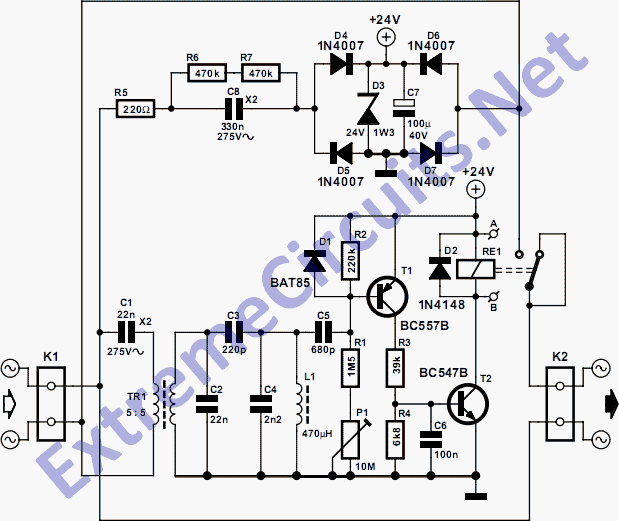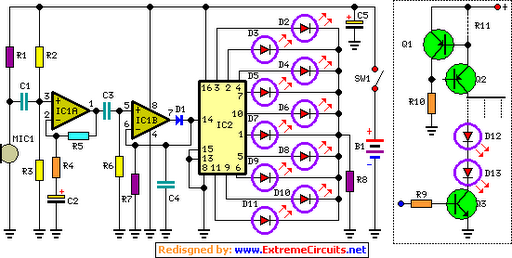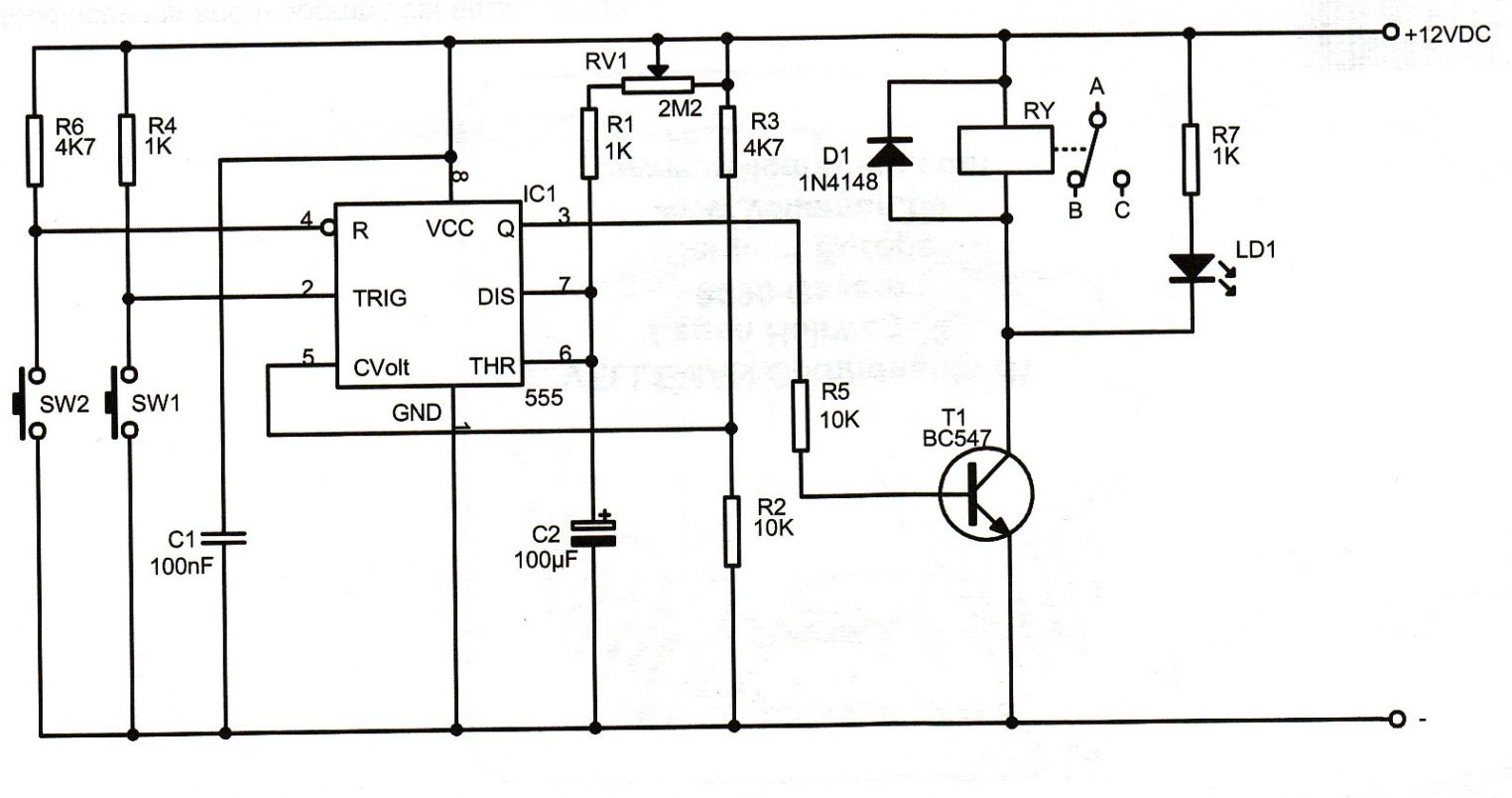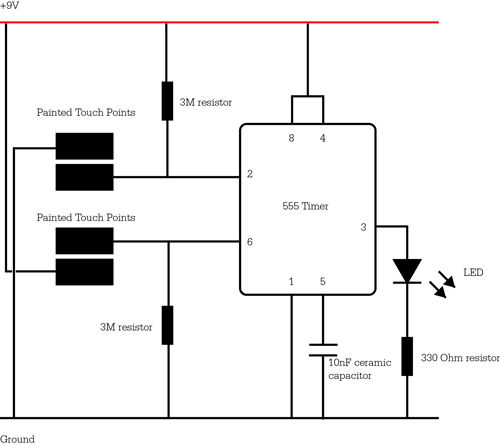
30 LEDs off AC mains

A request has been made to design a unique outdoor Christmas decoration in the form of an LED-illuminated star. The objective is to create a very bright display using 30 ultra-bright 8mm LEDs. The plan includes sanding the domes of the LEDs to diffuse the light, enhancing their visibility.
To construct the LED-illuminated star, a schematic circuit will be designed to accommodate 30 ultra-bright 8mm LEDs. Each LED will be connected in parallel to ensure uniform brightness across the display. The circuit will include a suitable power supply, typically a 12V DC source, which is common for LED applications.
To begin, the LEDs will be arranged in a star shape, with each LED positioned at the points of the star. The cathodes of all LEDs will be connected to a common ground, while the anodes will be connected to a resistor and then to the positive terminal of the power supply. The resistor is critical in limiting the current flowing through each LED to prevent damage. A typical forward voltage for an 8mm LED is approximately 2.0V, and the forward current is usually around 20mA.
Using Ohm’s law, the required resistor value can be calculated. For instance, if using a 12V power supply, the voltage across the resistor can be calculated as:
Voltage across resistor = Supply Voltage - (Number of LEDs x Forward Voltage)
= 12V - (30 x 2V)
= 12V - 60V (this scenario indicates a need for a different configuration since the total forward voltage exceeds the supply voltage).
In practice, it would be more feasible to use fewer LEDs in series or to use a higher voltage power supply. If using groups of 3 LEDs in series, the calculation would be:
Voltage across resistor = 12V - (3 x 2V) = 12V - 6V = 6V.
The resistor value can then be calculated using the formula:
Resistor (R) = Voltage across resistor / Current (I)
= 6V / 0.02A = 300 ohms.
A 300-ohm resistor would be suitable for each series of three LEDs.
To ensure stability and longevity of the circuit, a fuse may be added to protect against overcurrent conditions. Additionally, a switch can be incorporated into the circuit to allow for easy on/off control of the illumination.
For outdoor use, it is essential to ensure that all components are weatherproofed, either by using sealed enclosures or by applying weather-resistant coatings. Proper insulation of all connections will prevent short circuits and ensure safety during operation.
This LED star will not only serve as a unique decoration but also provide a bright and festive atmosphere for outdoor Christmas celebrations.My father-in-law wants to do something unique for his outdoor Christmas decorations and I told him Id help. He wants an LED-illuminated star to hang on his house that will be very-bright. (Of course my definition of very-bright is quite different than his) so I am thinking about 30 of those ultra-bright 8mm ebay lights would be fine.
I am going to sandpaper the domes to diffuse them and make them really stand out. Anyways, for the real question, Here is my plan for the circuit (30 leds.. 🔗 External reference
To construct the LED-illuminated star, a schematic circuit will be designed to accommodate 30 ultra-bright 8mm LEDs. Each LED will be connected in parallel to ensure uniform brightness across the display. The circuit will include a suitable power supply, typically a 12V DC source, which is common for LED applications.
To begin, the LEDs will be arranged in a star shape, with each LED positioned at the points of the star. The cathodes of all LEDs will be connected to a common ground, while the anodes will be connected to a resistor and then to the positive terminal of the power supply. The resistor is critical in limiting the current flowing through each LED to prevent damage. A typical forward voltage for an 8mm LED is approximately 2.0V, and the forward current is usually around 20mA.
Using Ohm’s law, the required resistor value can be calculated. For instance, if using a 12V power supply, the voltage across the resistor can be calculated as:
Voltage across resistor = Supply Voltage - (Number of LEDs x Forward Voltage)
= 12V - (30 x 2V)
= 12V - 60V (this scenario indicates a need for a different configuration since the total forward voltage exceeds the supply voltage).
In practice, it would be more feasible to use fewer LEDs in series or to use a higher voltage power supply. If using groups of 3 LEDs in series, the calculation would be:
Voltage across resistor = 12V - (3 x 2V) = 12V - 6V = 6V.
The resistor value can then be calculated using the formula:
Resistor (R) = Voltage across resistor / Current (I)
= 6V / 0.02A = 300 ohms.
A 300-ohm resistor would be suitable for each series of three LEDs.
To ensure stability and longevity of the circuit, a fuse may be added to protect against overcurrent conditions. Additionally, a switch can be incorporated into the circuit to allow for easy on/off control of the illumination.
For outdoor use, it is essential to ensure that all components are weatherproofed, either by using sealed enclosures or by applying weather-resistant coatings. Proper insulation of all connections will prevent short circuits and ensure safety during operation.
This LED star will not only serve as a unique decoration but also provide a bright and festive atmosphere for outdoor Christmas celebrations.My father-in-law wants to do something unique for his outdoor Christmas decorations and I told him Id help. He wants an LED-illuminated star to hang on his house that will be very-bright. (Of course my definition of very-bright is quite different than his) so I am thinking about 30 of those ultra-bright 8mm ebay lights would be fine.
I am going to sandpaper the domes to diffuse them and make them really stand out. Anyways, for the real question, Here is my plan for the circuit (30 leds.. 🔗 External reference
Warning: include(partials/cookie-banner.php): Failed to open stream: Permission denied in /var/www/html/nextgr/view-circuit.php on line 713
Warning: include(): Failed opening 'partials/cookie-banner.php' for inclusion (include_path='.:/usr/share/php') in /var/www/html/nextgr/view-circuit.php on line 713





